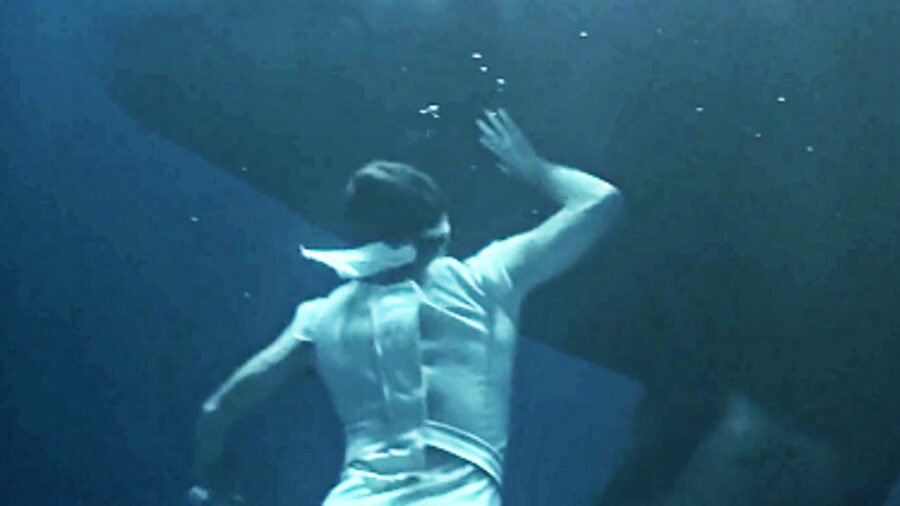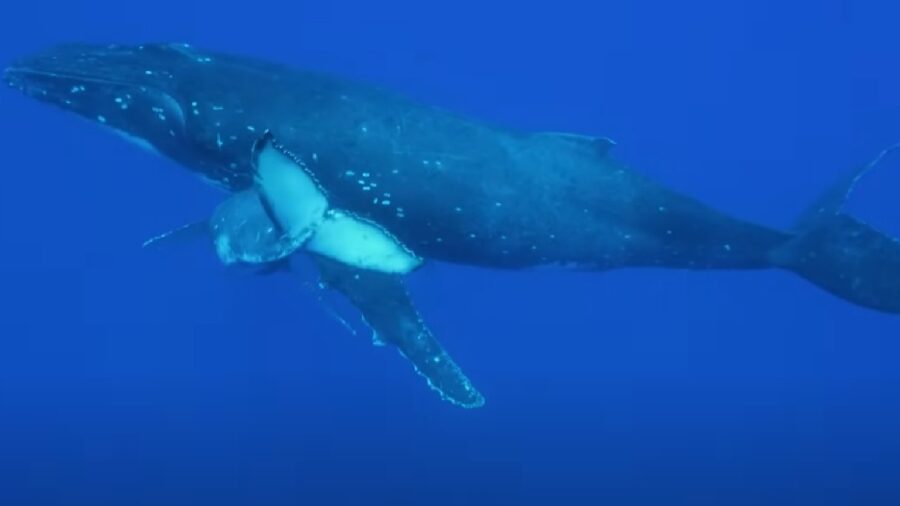Star Trek Scientific Theory Proven True Decades Later

Star Trek has always been a futuristic franchise rooted in real-life science and technology, providing a layer of realism that differentiates it from, say, Star Wars. However, certain episodes and films add bonkers concepts that the audience has to simply accept on faith (of the heart, if you will) in order to enjoy the ride. We’ve always assumed Star Trek IV: The Voyage Home was like that because the plot centered on speaking with whales, but recent scientific breakthroughs suggest that such communication may be possible.
Save The Whales

In Star Trek, the idea of communicating with whales has evolved over time. The plot of The Voyage Home, for example, has a mysterious space probe coming to Earth and trying to communicate with the now-extinct humpback whales of the planet. The probe threatens all life on the planet, so Kirk, Spock, and the rest of the old crew travel to the 1980s so they can bring some humpback whales back to the future and save the Earth.
Cetacean Ops

In that same Star Trek movie, Spock communicates with one humpback whale very directly using a mind meld, something only made possible by his Vulcan telepathic abilities. More recently, Lower Decks has shown that the Cerritos has beluga whale crew members, and in Prodigy, the Voyager-A similarly has its own Cetacean Ops department.
In both Star Trek spinoffs, the fancy universal translator makes communication with whales possible, and while we don’t have tech quite that fancy yet, scientists are hard at work on some 21st-century technology that moves us closer to talking to whales.
A Real Whale Communication Experiment

SETI conducted a cool experiment back in 2021 where scientists listened to a humpback whale named Twain, but there were two limitations of this approach. For one thing, the communication was mostly limited to the whale talking to the researchers, who in turn couldn’t say much of anything back to the animals. Now, some of those researchers think that AI could close the gap and give us the equivalent of Star Trek’s universal translator, but all of this is predicated on one big assumption: that the whales have something worth saying.
As marine biologist Dr. David Shiffman notes, “Most organisms simply have no need to communicate anything more complicated to another member of their species than ‘Watch out there’s a predator!’ or, ‘Wanna mate?” Shiffman’s logic is that if animals like whales have so little to say to each other, they probably have even less to say to humanity. And what they do say to us, he argues, is that we are getting too close to their offspring and need to get back ASAP.
Real-Life Influencing Star Trek

Ironically enough, even as Star Trek inspired real scientists to talk to whales, recent developments from such researchers have influenced Gene Roddenberry’s famous franchise. Star Trek’s franchise-wide science advisor, Dr. Erin Macdonald, confirmed that this research helped inspire the portrayal of Cetacean Ops in Lower Decks. In turn, McDonald’s is optimistic that the whale communication research of today may lead to the real universal translator technology of tomorrow.
Would Whales Have Anything Worth Hearing?

For Star Trek fans, the bottom line is that research into whale communication is really cool, but its effectiveness remains unknown. We may never be able to speak directly with whales, and if we pull it off, we may discover they really aren’t worth talking to. However, hope springs eternal, and before we try to communicate with new life and new civilizations, it wouldn’t hurt to see what the aquatic life inhabiting the vast majority of our own planet has to say.
Unlike Spock, however, we can only hope these majestic creatures don’t learn any “colorful metaphors” along the way.












Login with Google